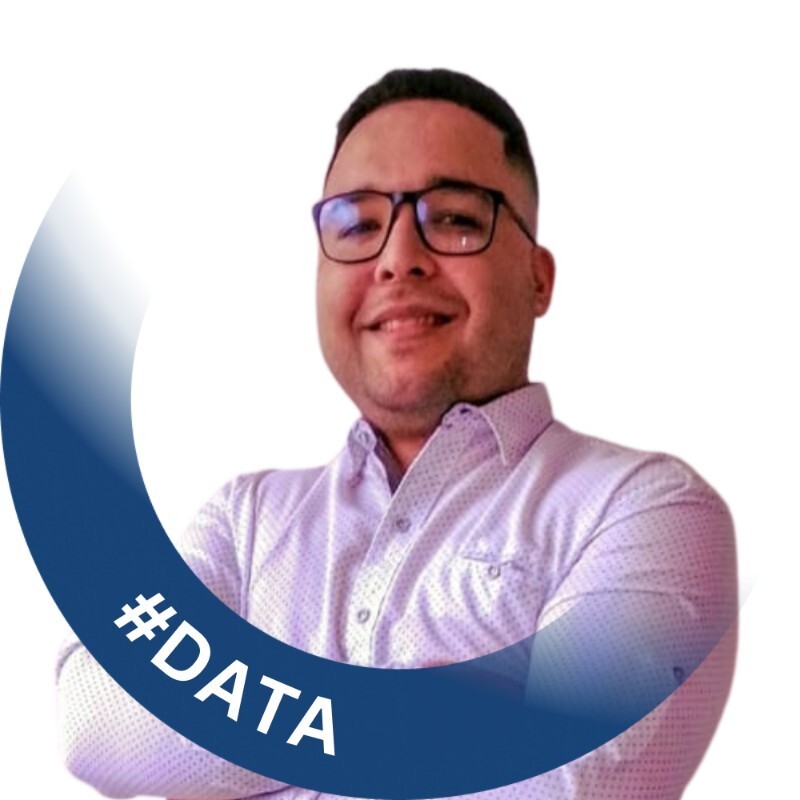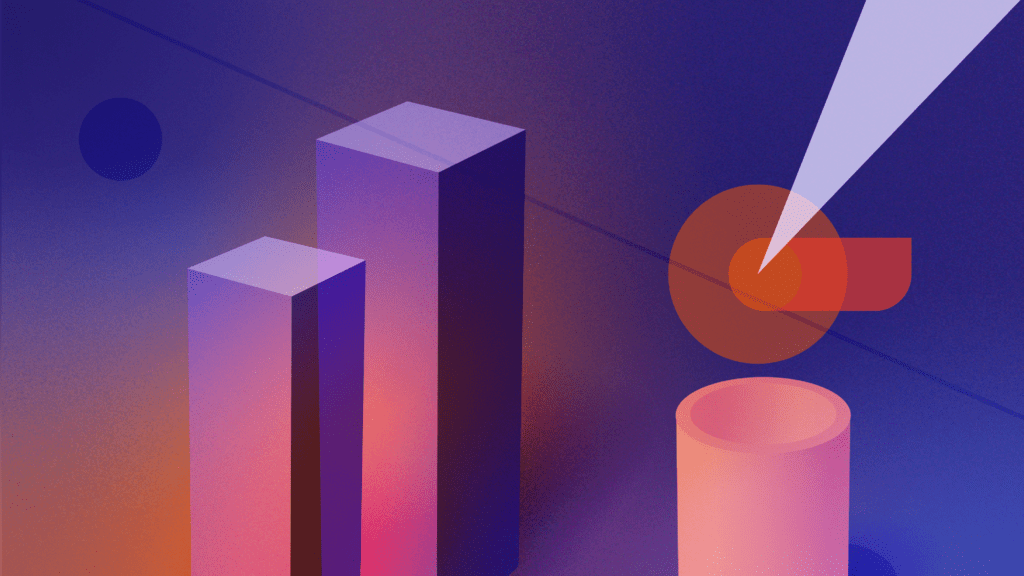
Deygersn Méndez
DATA

En el dinámico mundo empresarial actual; la tecnología es la clave para la innovación y el éxito. Por ello, si estás buscando una forma fresca y emocionante de potenciar las capacidades de análisis de datos de tu organización, estás en el lugar correcto.
En el siguiente artículo te contaremos desde bluetab, nuestra experiencia sobre Microsoft Fabric, la nueva solución de análisis que nos ofrece este big player tecnológico. Con ella podemos abarcar todo el ciclo de vida del dato, es decir, desde el movimiento de datos pudiendo crear pipelines para la ingesta, hasta la transformación y carga de los mismos. A su vez, el análisis en tiempo real, la inteligencia empresarial, la gobernanza y el cumplimiento, todo ello en un mismo espacio de trabajo; además de contar con herramientas de inteligencia artificial integradas, que nos ayudan a generar soluciones basadas en información en un menor tiempo.
¿Qué es Microsoft Fabric?
La documentación oficial de Microsoft describe el servicio como “no es solo otra solución tecnológica, sino una plataforma integral diseñada para simplificar y optimizar sus procesos empresariales mediante una infraestructura moderna, la cual se presenta, como una solución altamente integrada y fácil de usar”.
Microsoft Fabric está basado, en un modelo de Software como Servicio (SaaS) que lleva la simplicidad y la integración a un siguiente nivel.
A la vez, ofrece un conjunto completo de servicios, que incluye un lago de datos unificado denominado OneLake, que permite mantener los datos en su lugar mientras utiliza sus herramientas de análisis preferidas, e incorpora servicios nuevos y existentes como Power BI, Azure Synapse Analytics y Azure Data Factory en un entorno unificado.

Es importante mencionar que está integración nos ofrece grandes ventajas, como, por ejemplo:
- Amplia gama de capacidades integradas: Esto quiere decir que proporciona una suite completa de capacidades de análisis profundamente integradas, abarcando desde la ingeniería de datos, la ciencia de datos y el análisis en tiempo real.
- Toma decisiones informadas: Gracias a la analítica avanzada de Microsoft Fabric, podrá tomar decisiones basadas en datos sólidos, impulsando así su estrategia empresarial.
{
"nombre":"Jonh Doe",
"profesion":"Programador",
"edad":25,
"lenguajes":["PHP","Javascript","Dart"],
"disponibilidadParaViajar":true,
"rangoProfesional": {
"aniosDeExperiencia": 12,
"nivel": "Senior"
}
} 
